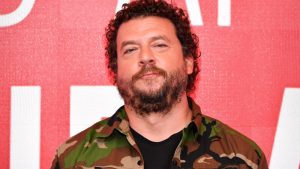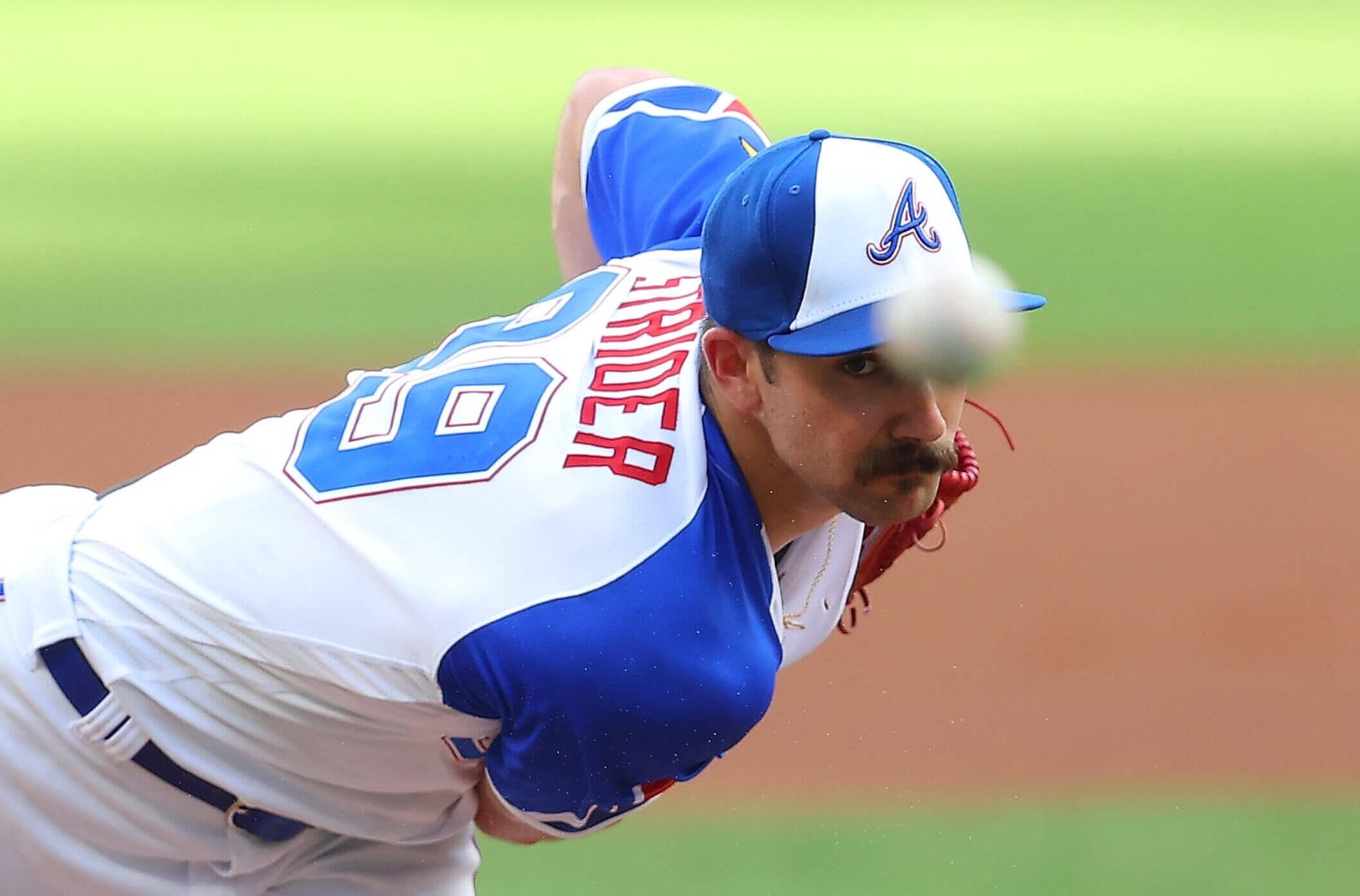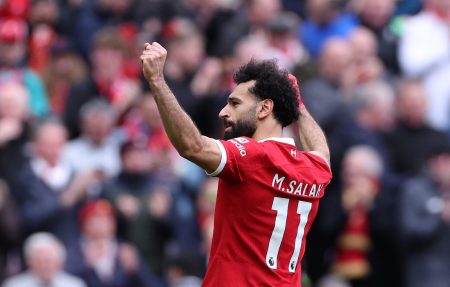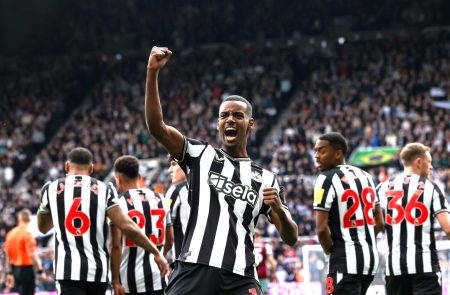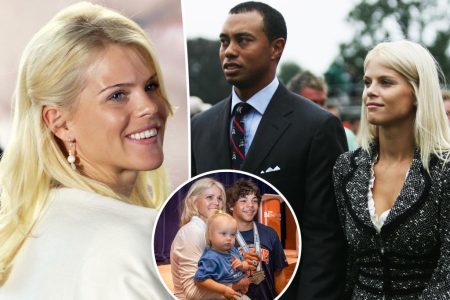In this article, Spencer Strider is highlighted as a pitcher for the Atlanta Braves who has dedicated himself to improving his game through research and innovation. After undergoing Tommy John surgery in college, he focused on biomechanics, diet, and strength training to enhance his performance. Strider also developed a new curveball to complement his existing pitches, which he showcased during spring training with impressive results. Off the field, he is known for his sense of humor and love of observational comedy, particularly inspired by Larry David-created sitcoms.
Teammates praise Strider for his knowledge and willingness to engage in discussions on a wide range of topics, from pop culture to politics. Fellow pitcher Charlie Morton, a mentor to Strider, commends his analytical mind and confidence. The two share a deep friendship and engage in conversations about current events, comedy, music, and even coffee brewing methods. Strider’s interest in coffee has influenced his teammates to experiment with different brewing techniques, creating a unique atmosphere in the clubhouse.
Despite his success in baseball, Strider remains humble and down-to-earth, attributing his foundation for success to his high school coach and upbringing in Knoxville, Tennessee. He credits his coach for instilling valuable lessons in leadership and mentorship. Strider’s marriage to his high school sweetheart, Maggie, adds a personal element to his story, showcasing his journey from a less popular teenager to a successful athlete.
The article highlights Strider’s potential for a long and successful career in baseball, drawing comparisons to veteran pitchers like Justin Verlander and Tim Lincecum. Morton sees similarities between Strider and Verlander in terms of their pitching style and delivery, despite their physical differences. He believes that Strider’s strong foundation and dedication to his craft will contribute to his longevity in the sport.
In addition to his baseball career, Strider aspires to pursue stand-up comedy in the future. He admires the technical aspects of comedy and enjoys experimenting with comedic material. His teammates and mentors see potential in his comedic abilities and support his interest in pursuing this passion alongside his professional baseball career.
Overall, Spencer Strider’s story is one of dedication, humor, and versatility. From his meticulous approach to improving his pitching repertoire to his comedic persona off the field, he embodies a unique blend of athletic talent and intellectual curiosity. With guidance from mentors like Charlie Morton and a supportive network of teammates, Strider is poised to make a lasting impact in baseball and potentially explore new avenues in comedy.

